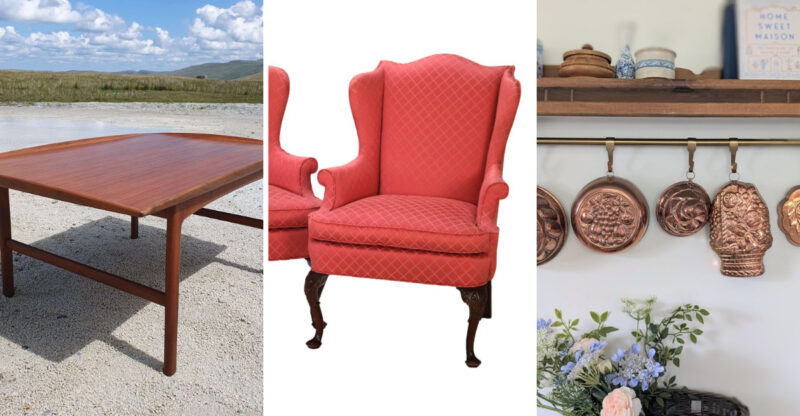17 New York Collectibles Market Shifting – 7 Items Already Losing Serious Value

Collecting has a way of sparking nostalgia, excitement, and the thrill of finding something rare. In New York, that passion runs deep across flea markets, estate sales, and vintage shops. Some items, though, don’t hold onto their appeal the way they once did.
Tastes shift, markets fluctuate, and once-coveted pieces can quietly lose their shine. Paying attention to these changes helps collectors protect their investments and focus on pieces that still carry lasting value.
1. Hummel Figurines
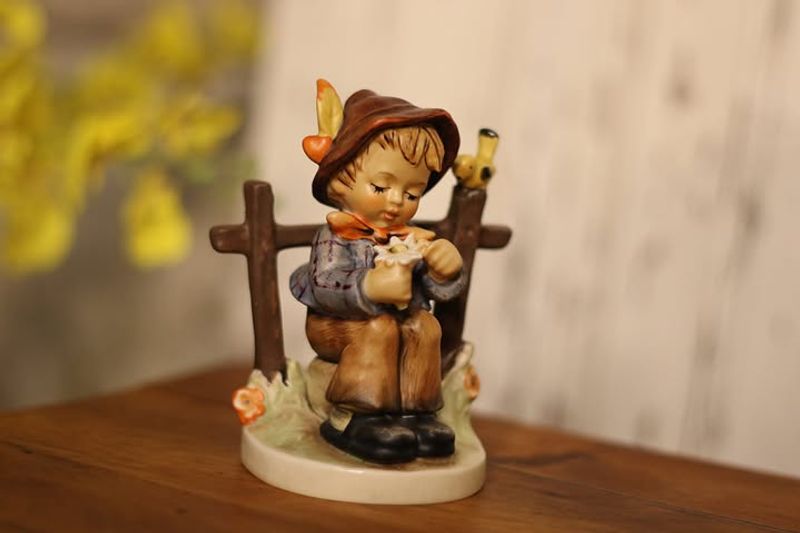
Porcelain figures featuring rosy-cheeked children once filled display cabinets across the country. Grandparents treasured these delicate pieces, believing they would become family heirlooms worth passing down through generations.
Today’s collectors show little interest in these vintage figurines. The market has become flooded with them as older generations downsize, and younger buyers prefer modern décor styles that don’t include traditional porcelain collectibles.
2. Precious Moments Figurines
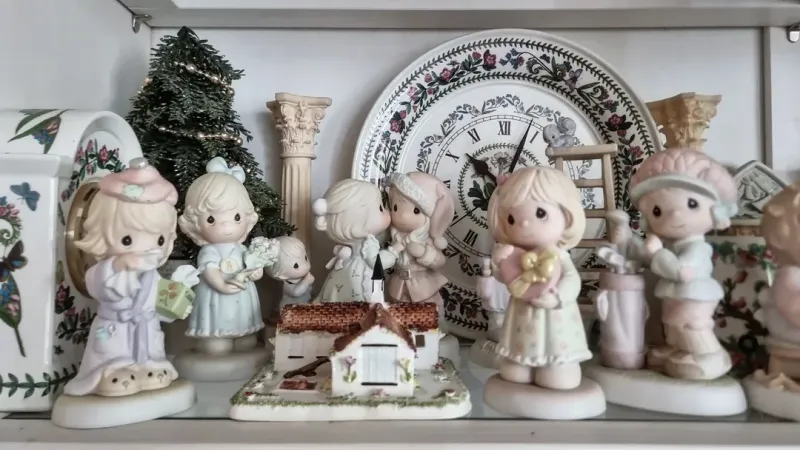
Those teardrop-eyed children made from glossy porcelain captured hearts during the 1980s and 1990s. Many people bought them as gifts or collected entire series, thinking they would appreciate over time.
Unfortunately, mass production meant too many ended up in homes everywhere. Resale values have dropped significantly because supply far exceeds demand, leaving once-prized collections worth only a fraction of their original purchase price in today’s market.
3. Thomas Kinkade Prints

Glowing cottages and dreamy landscapes defined this artist’s signature style. His prints promised warmth and nostalgia, marketed as limited editions that would grow in worth as time passed.
Mass production undermined their collectible status completely. With thousands of identical prints flooding the secondary market, values plummeted as buyers realized these weren’t truly rare or exclusive pieces worth investing in for future returns.
4. Norman Rockwell Collector Plates

Commemorative plates showcasing iconic American scenes seemed like safe investments decades ago. Companies marketed them heavily as limited editions that would become valuable over generations.
Reality proved different as resale markets became saturated with unwanted plates. Most sell for just a few dollars today, far below their original retail prices, disappointing collectors who expected steady appreciation instead of steep losses.
5. Beanie Babies
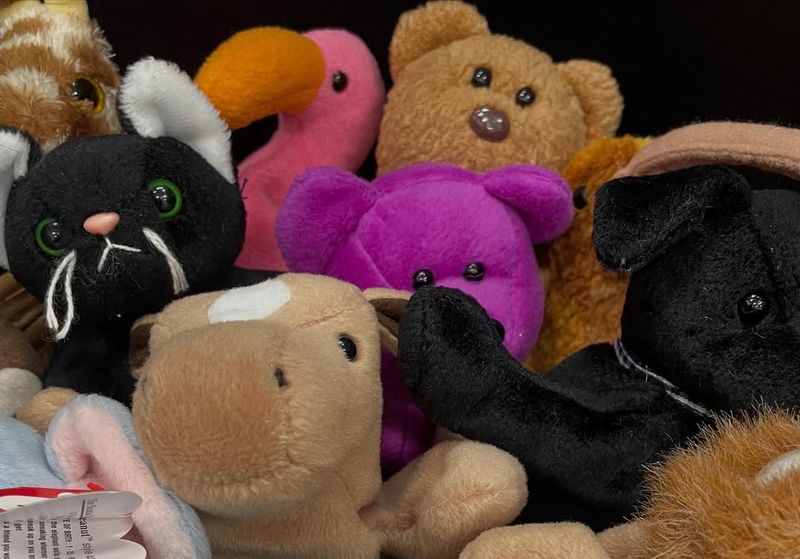
Small plush animals with heart-shaped tags sparked a collecting frenzy in the 1990s. People stood in long lines at stores, hoping to snag rare editions that might fund college tuitions or retirement someday.
Most Beanie Babies now sell for pennies compared to their peak prices. Only a handful of extremely rare versions hold any significant value, leaving countless attics and basements filled with once-treasured toys that nobody wants anymore.
6. Franklin Mint Collectibles

Commemorative coins, medals, and decorative items arrived with fancy certificates and elegant presentation cases. The Franklin Mint convinced buyers these limited releases would become treasured heirlooms worth substantial money.
Secondary markets tell a disappointing story today. Most pieces sell for less than their original cost because collectors lost interest and newer generations don’t share the same enthusiasm for commemorative items manufactured in large quantities.
7. Department 56 Village Collections
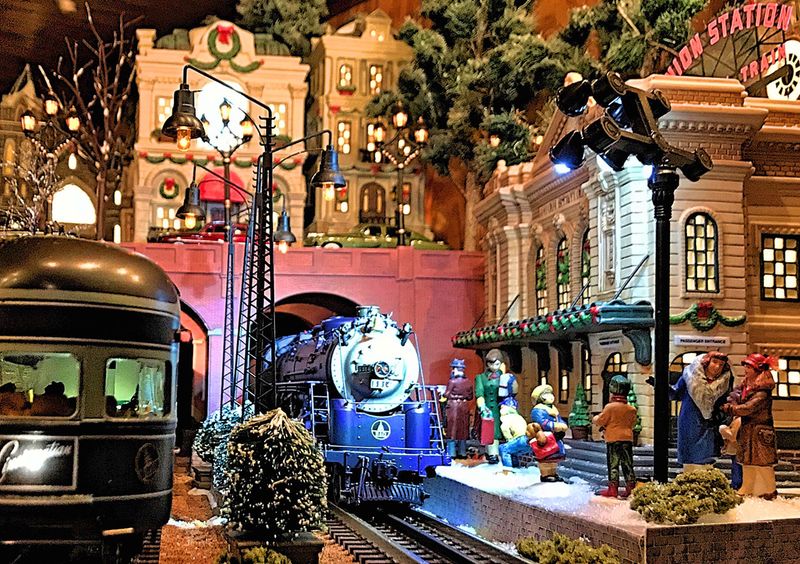
Miniature ceramic buildings created charming holiday displays in homes throughout the 1980s and 1990s. Collectors eagerly added new structures each season, building elaborate winter wonderlands that lit up with tiny bulbs.
Changing tastes and storage challenges have reduced demand considerably. Many people now prefer simpler seasonal décor, leaving secondary markets flooded with unwanted village pieces that sell for much less than their original retail prices.
8. Baseball Card Collections From The 1980s-1990s
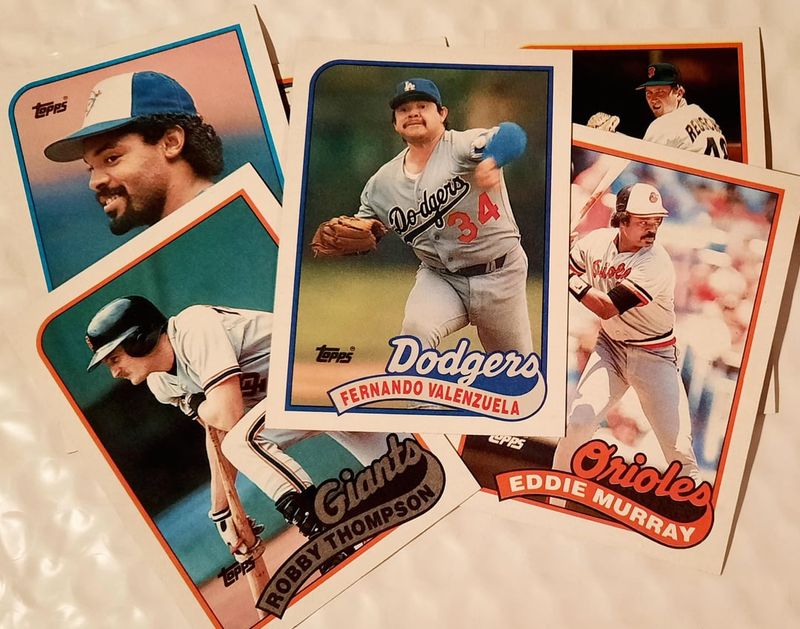
Cardboard rectangles featuring sports heroes seemed like golden tickets during the junk wax era. Kids and adults alike bought packs by the box, dreaming their collections would fund future dreams.
Overproduction destroyed long-term value for most cards from this period. Only rookie cards of true legends maintain decent prices, while common cards from these years remain essentially worthless despite once being treated like precious investments.
9. Vintage Championship Pennants From The 1970s
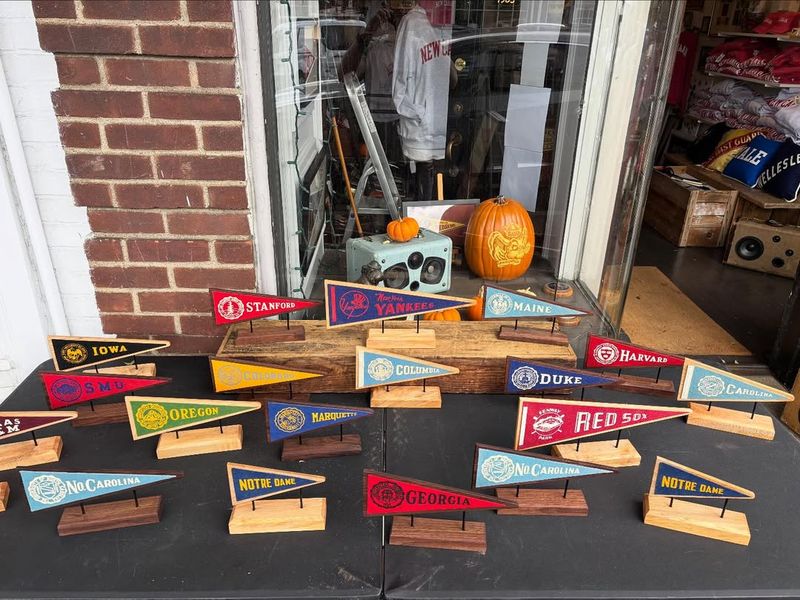
Back in the day, owning a championship pennant meant you were a true fan with a piece of history. Families would hang these felt banners proudly in their homes, celebrating the team’s victories. Unfortunately, mass production and the abundance of similar items flooding online marketplaces have caused their value to plummet significantly. Many sellers now struggle to get even twenty dollars for pennants that collectors once paid hundreds for.
10. Statue Of Liberty Souvenir Figurines

Every tourist who visits New York seems to bring home a miniature Lady Liberty. These figurines were produced by the millions, creating an enormous supply that far exceeds current demand. What once seemed like a charming memento has become one of the most common collectibles imaginable.
Collectors quickly realized that rarity drives value, and these souvenirs are anything but rare. Even older examples from the mid-20th century struggle to attract serious buyers unless they have exceptional craftsmanship or historical significance that sets them apart from the countless reproductions available.
11. Broadway Playbills From The 1990s And 2000s
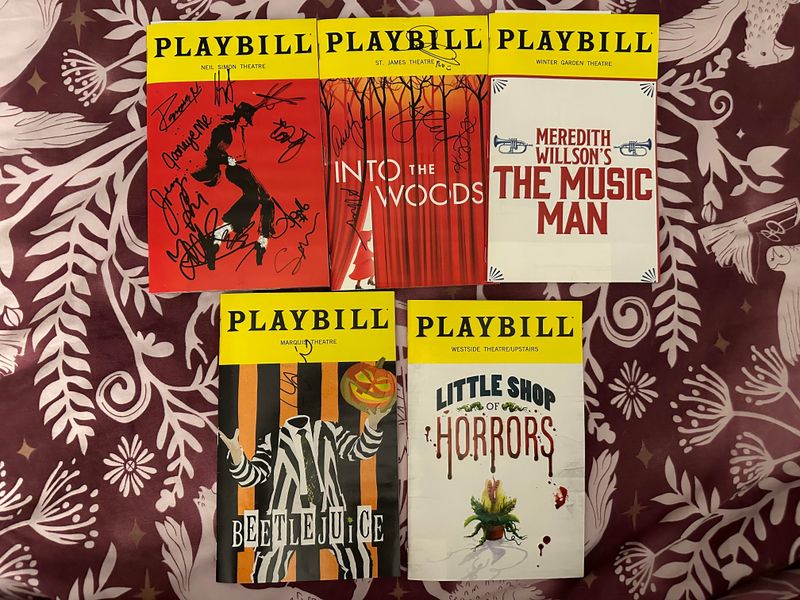
Theater lovers once saved every playbill from shows they attended, believing these programs would become valuable keepsakes. While certain rare or opening night playbills still hold worth, standard programs from popular long-running shows have minimal value today.
Productions like Phantom of the Opera ran for decades, creating millions of identical playbills that now flood the resale market. Most collectors can purchase these programs for under five dollars each, sometimes even less in bulk lots.
12. Empire State Building Snow Globes

Snow globes featuring the Empire State Building seemed like perfect New York mementos when tourists purchased them by the thousands. Gift shops across Manhattan stocked endless variations, from small plastic versions to elaborate glass designs.
This overwhelming availability has crushed any potential collectible value these items might have held. Today, most Empire State Building snow globes sell for pocket change at thrift stores and garage sales.
13. World Trade Center Twin Towers Memorabilia

Following the tragic events of September 11th, many people believed Twin Towers memorabilia would skyrocket in value. Sellers rushed to market with postcards, photographs, and replica models, hoping to capitalize on nostalgia and historical significance.
However, the market became flooded with common items that lacked authentic connection to the buildings or events. Mass-produced souvenirs from the 1980s and 1990s now sell for very little, as collectors prefer genuinely rare artifacts with documented history.
14. New York Mets 1986 World Series Commemorative Coins
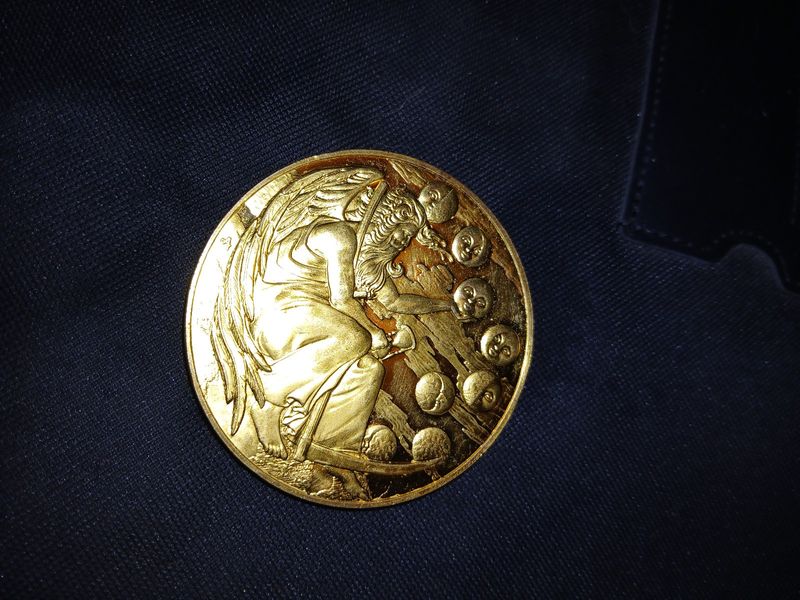
When the Mets won the World Series in 1986, commemorative coin sets flew off the shelves. Fans purchased them as investments, believing their value would grow over time. Minting companies produced these coins in huge quantities, which has proven to be their downfall in the collectibles market.
Most of these coin sets now sell for less than their original purchase price, disappointing longtime owners. The precious metal content is minimal, and the commemorative nature alone doesn’t create enough demand.
15. Chrysler Building Architectural Model Replicas
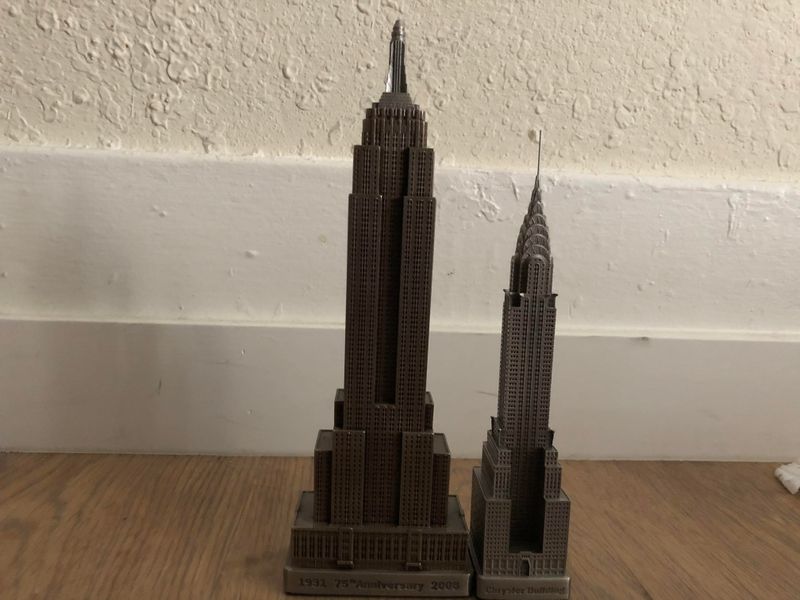
Art Deco enthusiasts once eagerly collected miniature replicas of the iconic Chrysler Building. These models ranged from simple die-cast versions to elaborate architectural reproductions meant to capture the building’s distinctive spire and ornamentation.
Gift shops and museum stores sold countless variations, creating a saturated market that continues today. The problem is that nearly every tourist interested in New York architecture purchased one of these models. Now, online marketplaces overflow with sellers trying to unload their Chrysler Building replicas for whatever price they can get.
16. Vintage New York City Subway Maps From The 1980s-1990s

Transit enthusiasts collected subway maps thinking they’d become valuable historical documents. While older maps from the early 20th century do command respect and decent prices, those from the 1980s and 1990s are far too common.
The MTA produced millions of these maps, distributing them freely to riders throughout the decades. Anyone can easily find these maps online or at paper collectible shows for just a couple dollars. The design changes weren’t dramatic enough during this period to make specific years particularly desirable.
17. I Love NY Logo Merchandise From The 1980s

Milton Glaser’s famous I Love NY logo became one of the most reproduced designs in history. During the 1980s, manufacturers created countless items bearing this iconic symbol, from coffee mugs to t-shirts to keychains.
What seemed like a piece of New York culture became so common that collectible value vanished almost entirely. The logo continues to be produced today, making vintage pieces nearly indistinguishable from new ones in many cases. Even original 1980s items struggle to sell for more than a few dollars unless they’re unworn, tagged, or have unique qualities.
18. Rockefeller Center Christmas Tree Ornaments
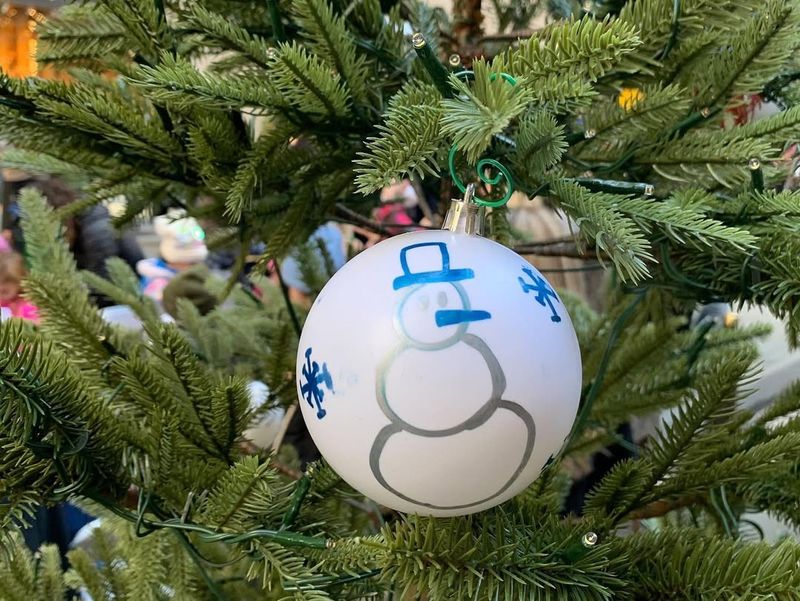
Each year, souvenir shops around Rockefeller Center sell thousands of commemorative ornaments celebrating the famous Christmas tree lighting ceremony. Many buyers thought these annual ornaments would appreciate like other limited-edition holiday collectibles.
Unfortunately, the production numbers were simply too high, and the tradition too consistent, to create genuine scarcity. Sellers now find it difficult to move these ornaments for even half their original retail price. The designs often look similar year after year, reducing the incentive for collectors to acquire complete sets.
19. New York Giants Commemorative Plates
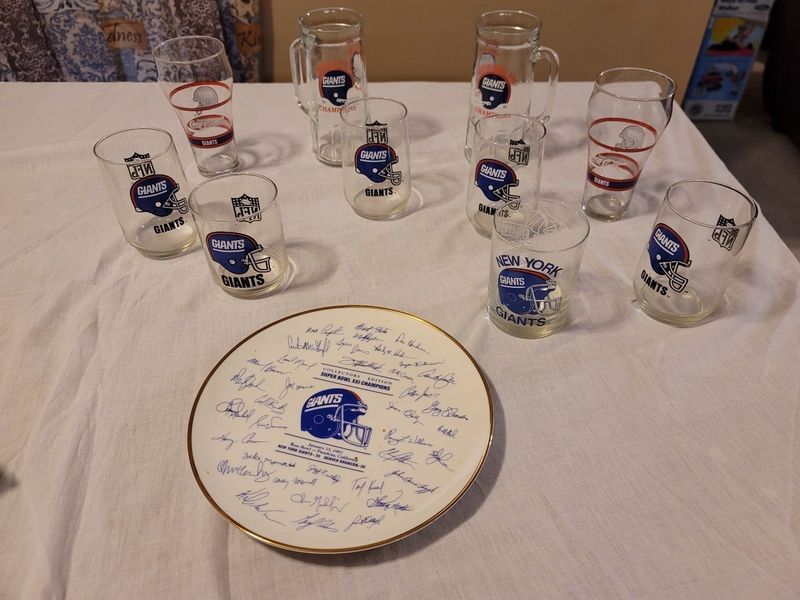
After the Giants’ thrilling Super Bowl XXV victory in 1991, commemorative plate manufacturers rushed to produce celebratory dishware. Fans purchased these decorative plates believing they’d become treasured sports collectibles worth significant money someday.
The reality proved far different as the collector plate market collapsed industry-wide during the 1990s. These Giants plates now sell for just a fraction of their original cost, often appearing at yard sales for five dollars or less. The combination of overproduction and declining interest in decorative plates created a perfect storm for value loss.
20. Vintage New York City Taxi Medallion Replicas
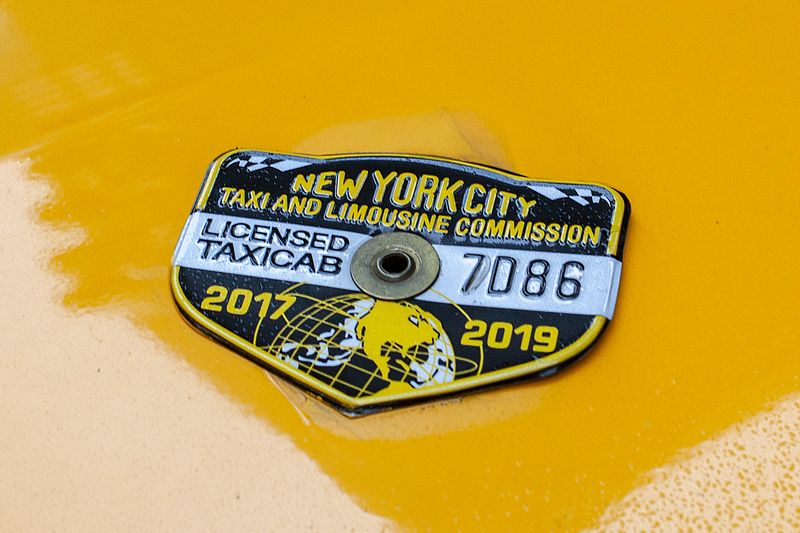
While actual taxi medallions became incredibly valuable assets worth hundreds of thousands of dollars, replica medallions sold as souvenirs have gone nowhere. Manufacturers produced these miniature versions for tourists and taxi enthusiasts who wanted a piece of New York’s iconic yellow cab culture.
The novelty wore off quickly as these replicas piled up in homes across the country. Today, you can find these replica medallions selling for just a few dollars at flea markets and online auctions. They hold no official significance and lack the investment potential of real medallions.
21. Madison Square Garden Concert Ticket Stubs From The 1990s-2000s

Music fans saved ticket stubs from memorable concerts at Madison Square Garden, hoping these paper keepsakes would gain value over time. While stubs from legendary performances by icons like Elvis or The Beatles do command high prices, standard tickets from the 1990s and 2000s rarely attract serious buyers.
The transition to digital ticketing has actually increased interest in physical stubs, but not enough to help common examples. Most ticket stubs from this era sell for just a dollar or two unless they’re from a particularly historic show or feature a beloved artist who has since passed away.
22. New York World’s Fair 1964-1965 Souvenir Spoons
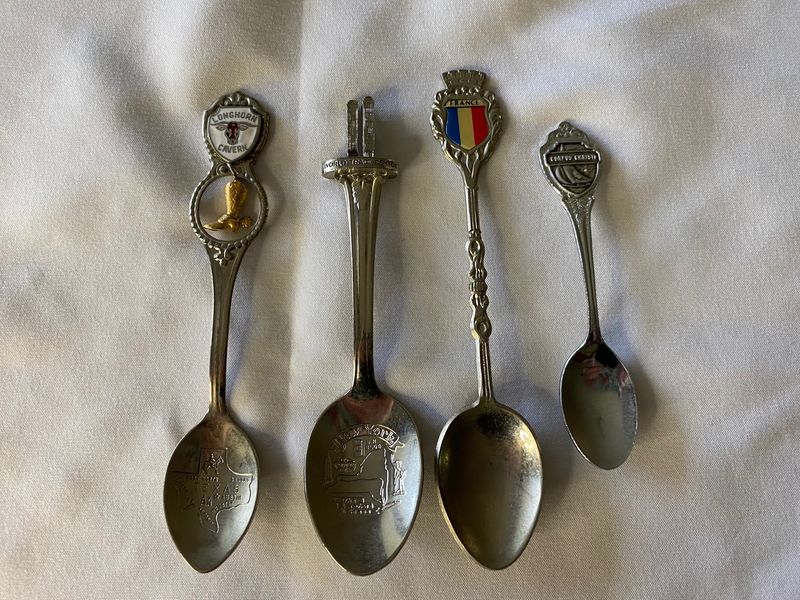
Souvenir spoons were wildly popular collectibles during the mid-20th century, and the 1964-1965 World’s Fair in New York generated thousands of variations. Families displayed these spoons in special racks, adding to their collections with each vacation or special event.
The problem is that millions of other families did exactly the same thing. The souvenir spoon market has completely collapsed, leaving World’s Fair spoons worth very little today. Most sell for under ten dollars despite being nearly sixty years old.
23. New York Rangers Stanley Cup Commemorative Pucks

After the Rangers ended their 54-year championship drought in 1994, commemorative pucks flooded the market. Fans grabbed these hockey collectibles as mementos of the historic victory.
Sports memorabilia companies produced these pucks in massive quantities, sensing the enormous demand from Rangers faithful across the metropolitan area. Unfortunately, the oversupply means these pucks now sell for minimal amounts, often less than ten dollars.
24. Central Park 150th Anniversary Commemorative Items From 2003
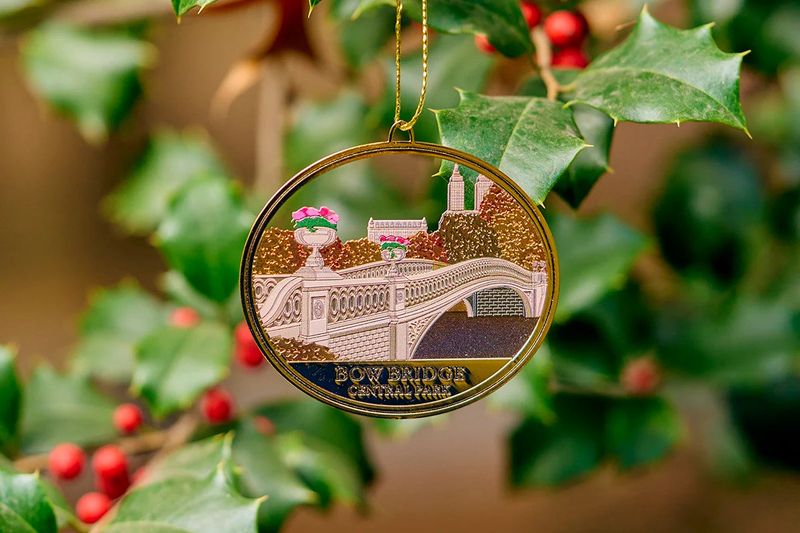
Central Park’s 150th anniversary in 2003 brought a wave of commemorative merchandise celebrating this beloved urban oasis. Vendors and museums sold special edition prints, pins, books, and various souvenirs marking the sesquicentennial.
Many New Yorkers purchased these items as investments in the city’s cultural heritage. However, the anniversary merchandise was produced in such large quantities that scarcity never developed. Most items now appear regularly at low prices in online marketplaces and secondhand shops.

